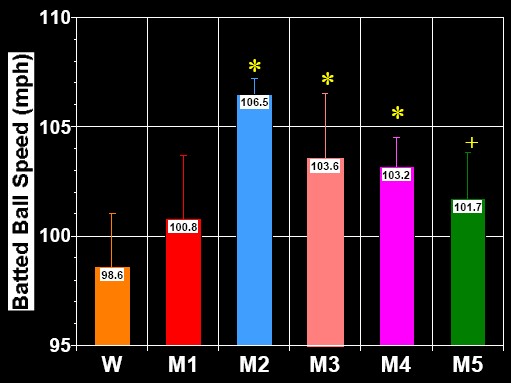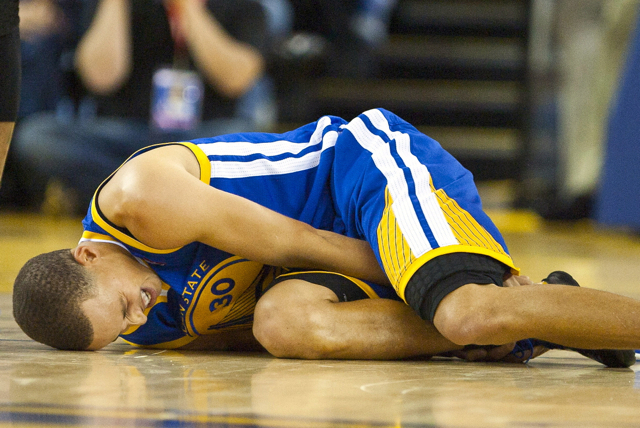Growing up playing youth baseball I, and everyone I competed against used aluminum bats. In fact every baseball player from every level up until college is permitted to use an aluminum bat. However, when you get to professional baseball at both the MLB and minor leagues, aluminum bats are not permitted anymore; only wooden bats are allowed for professional players. Why is that many may ask? The answer to that is the widespread baseball thought that aluminum bats (or metal) are more effective for hitters, and would make the game extremely hard for the pitchers and fielders at the games highest level. I decided to look further into this interesting sports topic to see if this thought is true, and if it is true how much more effective are aluminum bats.

picture from upcindex.com
The null hypothesis for this question would be that aluminum bats are in fact more effective for hitters. The alternative hypothesis would be that wooden bats are actually more effective for hitters in baseball. A confounding variable could be the overall ability of the player using the bat.
A comprehensive study I came across conducted by Crisco and Greenwald dove deeply into this question and came up with a clear answer. The study involved nineteen active baseball players, nine players playing in the minor leagues, six playing in college, and four players still in high school. The study took place in a batting cage where the subjects took six swings with a wooden bat model, and five separate metal bat models. A 3-D map was used to track the trajectory of the ball prior to, during, and after making contact with each bat. They then used the video data to obtain and analyze the speed of the ball throughout the three main phases of the swinging process. The results of the test clearly show that metal bats outperformed wooden bats when it came to the speed of the ball after the swing. The ball speed coming off of the metal bats was up to eight miles per hour (MPH) faster than the ball speed when coming off of a wooden bat from the same player. The data also found that not all metal bats performed the same. This graphic below shows the findings of the study.

photo from acs.psu.edu
The findings of this study may cause one to ask why this is the case. An article I found on www.exploratorium.edu clearly spells out some key reasons for why this is the case. According to the article aluminum bats are lighter than wooden bats, therefore the player is able to swing the bat at a faster speed which will in turn give the ball coming off the bat a higher velocity. Also the article talks about how aluminum bats are more flexible at the point of contact which allows for further distance traveled at a higher velocity.
Overall, after the findings of the study it is clear that aluminum bats perform better than wooden ones for a baseball batter. There are many factors that factor into why this is the case. Therefore, the null hypothesis would be accepted in this case. It is doubtful that this subject suffers from either a file drawer problem or the Texas sharpshooter problem due to the amount of studies that have been done on it, and the lack of proof of any other answers.














